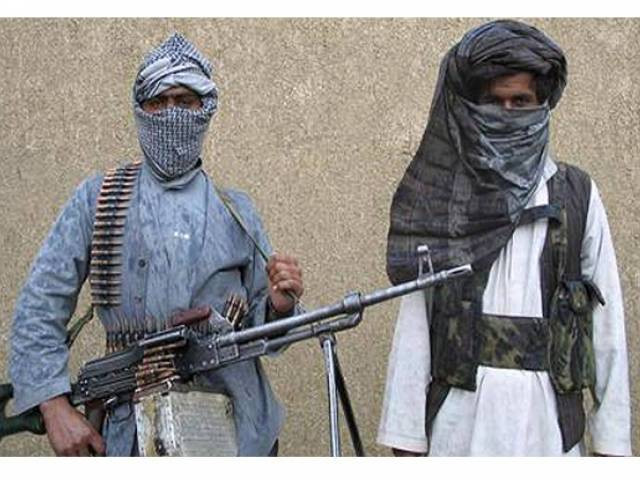FATA sees uptick in violence
Security forces increased the number of counter-terror operations even as Islamic State spread its influence

PHOTO: REUTERS
The report also noted that there was an uptick in violence in the Federally Administered Tribal Areas (Fata) with the Islamic State spreading its short tentacles.
The Fata Annual Security Report 2017, by the Islamabad-based FATA Research Centre (FRC), showed that there was a marked increase in terrorism-related violence in the tribal areas last year.
The report noted that 2017 was the first year which saw a cumulative increase in violence in the tribal belt, the first time since the military had launched a massive operation, codenamed Zarb-e-Azb, in June 2014 to evict terrorist from their entrenchments in North Waziristan.
It recorded 325 violent incidents — including 153 related to terrorism and 171 to counter-terrorism actions — in Fata in 2017, a 16 per cent increase compared to 219 incidents the preceding year.
Irfanuddin, a senior security analyst of FRC who had compiled the report together with Syed Adnan Ali Shah, Mansur Mehsud and Saifullah Mehsud, told The Express Tribune that of the total terrorist incidents in 2017, 73 attacks targeted security forces while 71 attacks were directed against civilians. A further seven attacks (five per cent) targeted members of the civil militia or Amn Lashkar. Two incidents of infighting between terrorist groups were also reported during the year 2017.
The violent incidents, both terrorist and counter-terrorism, resulted in 1,207 casualties – 539 people killed and 668 injured – across Fata. This was a 37 per cent increase in the overall number of casualties from 2016.
Civilians, as is usually the case, bore the brunt of the attacks, suffering 760 casualties— accounting for 63 per cent of all casualties in the tribal belt last year. Security forces also suffered heavy losses with 128 casualties — including 63 officials martyred.
Khyber most violent, Kurram bloodiest
Khyber Agency saw the most violent incidents — 115 in 2017, up from just 56 the year before. The data suggests that it was more of a slugfest between militants and security forces, the former suffering the heavier losses with 295 casualties.
Kurram Agency, which borders Nangarhar province of Afghanistan, saw as many as 575 civilian casualties – including 138 martyred and 437 injured – were recorded. Curiously, it only saw 52 violent incidents — up from 19 the year before — but they proved to be deadly.
Bajaur Agency had the second highest civilian casualty toll where 18 terrorist attacks resulted in 68 civilian casualties (16 martyred and 52 injured).
As many as 39 civilian casualties (seven martyred and 32 injured) were reported from Mohmand Agency, while South Waziristan, North Waziristan and Khyber Agencies with around three per cent each.
North Waziristan, though was the deadliest for terrorists with 173 being killed.
Published in The Express Tribune, January 17th, 2018.













COMMENTS
Comments are moderated and generally will be posted if they are on-topic and not abusive.
For more information, please see our Comments FAQ